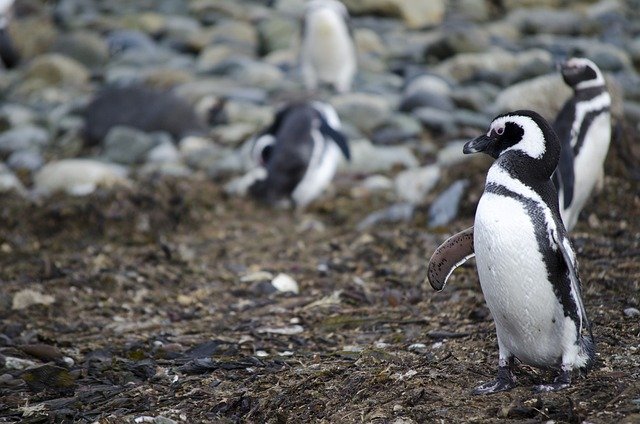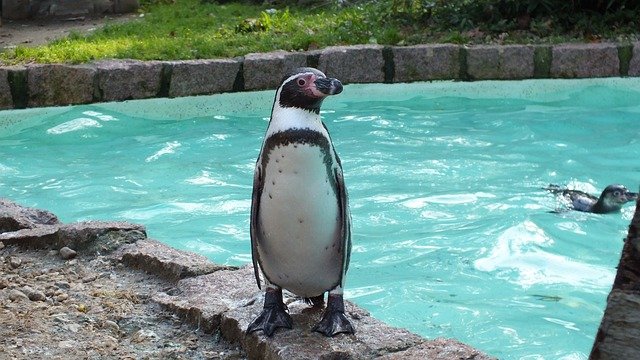The Fascinating Adaptations of Penguins: How These Flightless Birds Survive and Thrive in Antarctica

The Fascinating Adaptations of Penguins: How These Flightless Birds Survive and Thrive in Antarctica
Penguins are a unique and charismatic group of birds that have captivated the hearts of many people around the world. These flightless birds have evolved a range of fascinating adaptations that allow them to survive and thrive in the harsh environment of Antarctica. Let's explore some of the key adaptations that make penguins so well-suited to their icy home:
1. Waterproof Feathers
One of the most essential adaptations of penguins is their waterproof feathers. Penguins spend a significant amount of time in the water hunting for fish, squid, and krill, so having waterproof feathers is crucial to staying warm and dry. Specialized glands at the base of their tail produce oil that penguins spread over their feathers to create a waterproof barrier, keeping them insulated and buoyant in the freezing waters.
2. Counter-Current Heat Exchange System
Penguins have a unique circulatory system that helps them conserve body heat in the cold Antarctic waters. They have a network of blood vessels in their legs and flippers that are arranged in a counter-current heat exchange system. This system allows warm blood flowing from the body to transfer heat to the cold blood returning from the extremities, helping penguins maintain their core body temperature and prevent heat loss.
3. Thick Layer of Blubber
To further insulate themselves from the frigid temperatures of Antarctica, penguins have a thick layer of blubber beneath their skin. This layer of fat acts as a valuable energy reserve and provides additional insulation to help penguins stay warm in the icy waters. It also helps them maintain buoyancy while swimming and diving to great depths in search of food.
4. Huddling Behavior
Penguins are known for their unique huddling behavior, where they gather in large groups to conserve body heat and protect themselves from the cold winds of Antarctica. By huddling together, penguins can reduce their surface area exposed to the cold air, effectively lowering their collective energy expenditure and increasing their chances of survival during harsh winter conditions.
5. Adapted Flipper Structure
Penguins have evolved specialized flipper structures that allow them to navigate effortlessly through the water at high speeds. Their flipper bones are flattened and fused together, forming rigid paddles that provide powerful propulsion for swimming and diving. This adaptation enables penguins to catch agile prey and outmaneuver predators in the challenging marine environment.
In conclusion, penguins have evolved a remarkable set of adaptations that enable them to thrive in the extreme conditions of Antarctica. From their waterproof feathers and counter-current heat exchange system to their thick layer of blubber and huddling behavior, these flightless birds have successfully adapted to survive in one of the harshest environments on Earth. Studying and understanding these adaptations not only sheds light on the incredible resilience of penguins but also highlights the importance of conservation efforts to protect these iconic Antarctic species for future generations to enjoy.

Thank you, friend!


I'm @steem.history, who is steem witness.
Thank you for witnessvoting for me.
please click it!
(Go to https://steemit.com/~witnesses and type fbslo at the bottom of the page)
The weight is reduced because of the lack of Voting Power. If you vote for me as a witness, you can get my little vote.
Upvoted! Thank you for supporting witness @jswit.